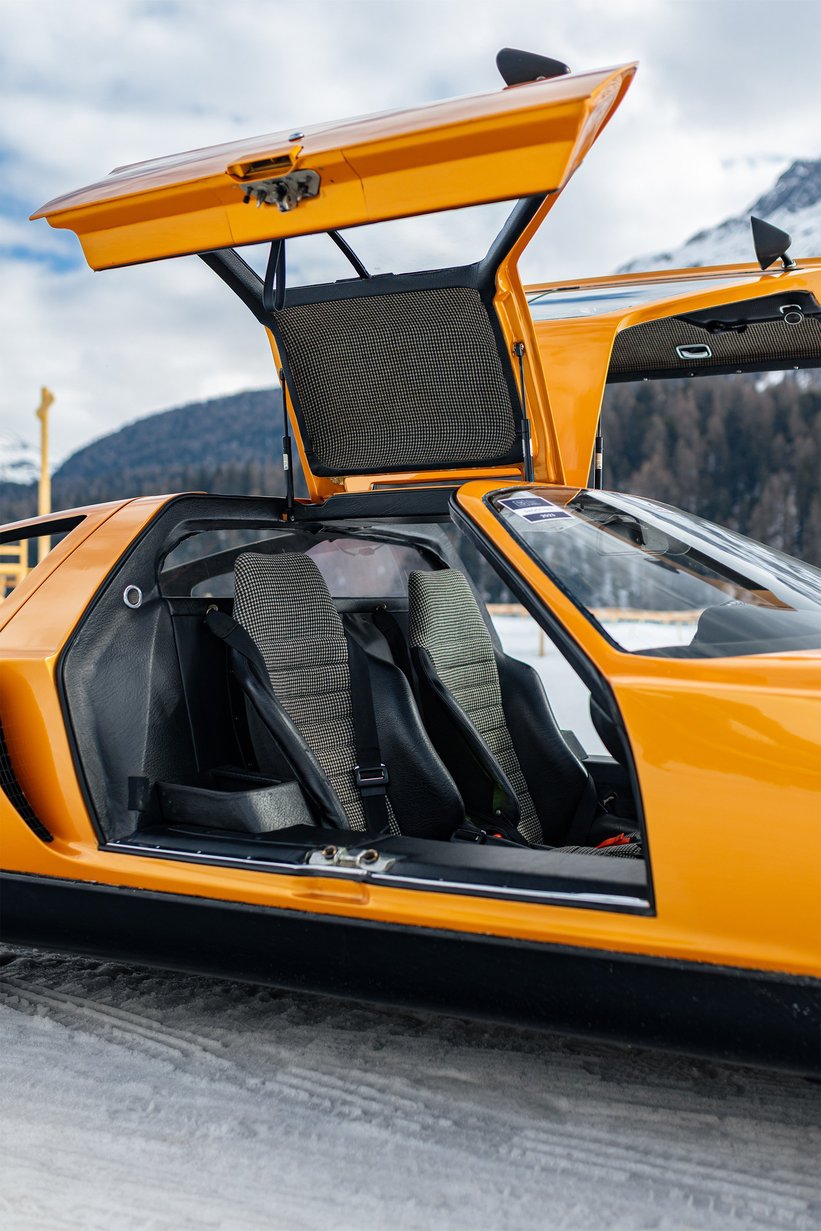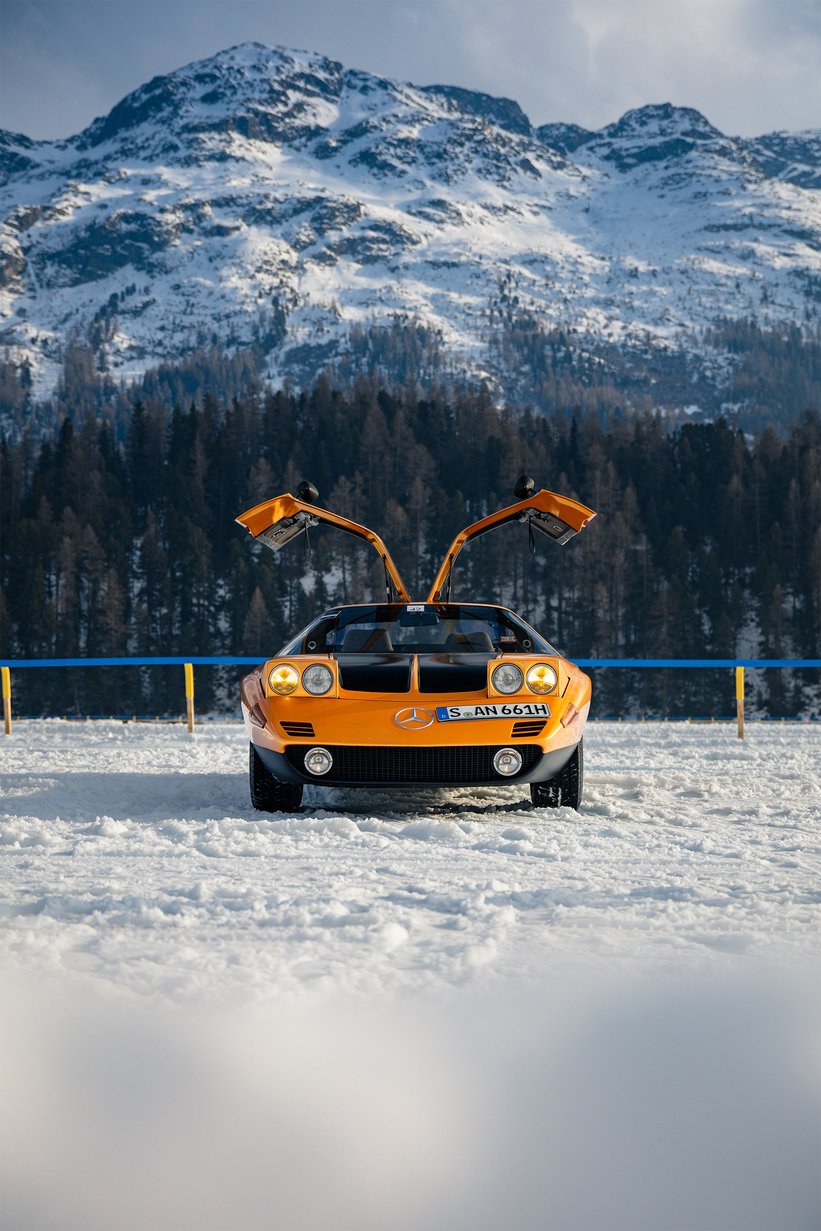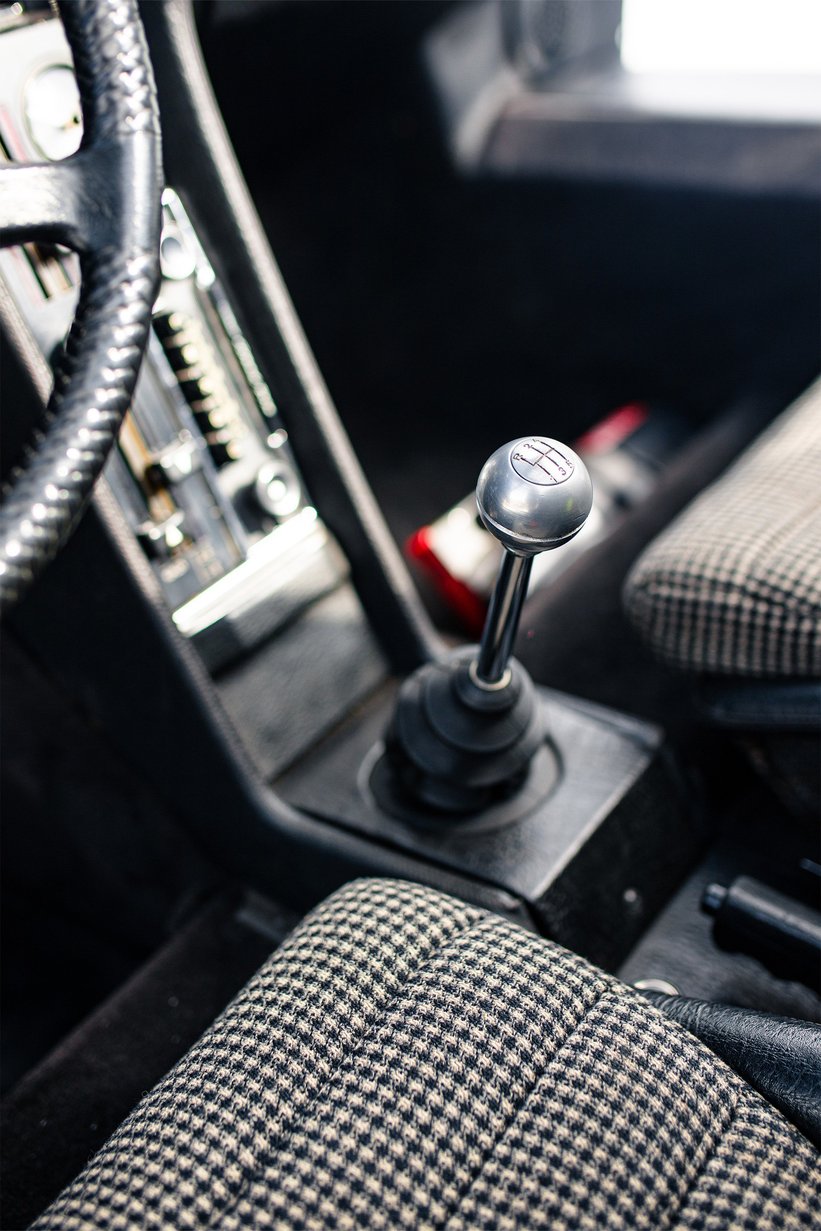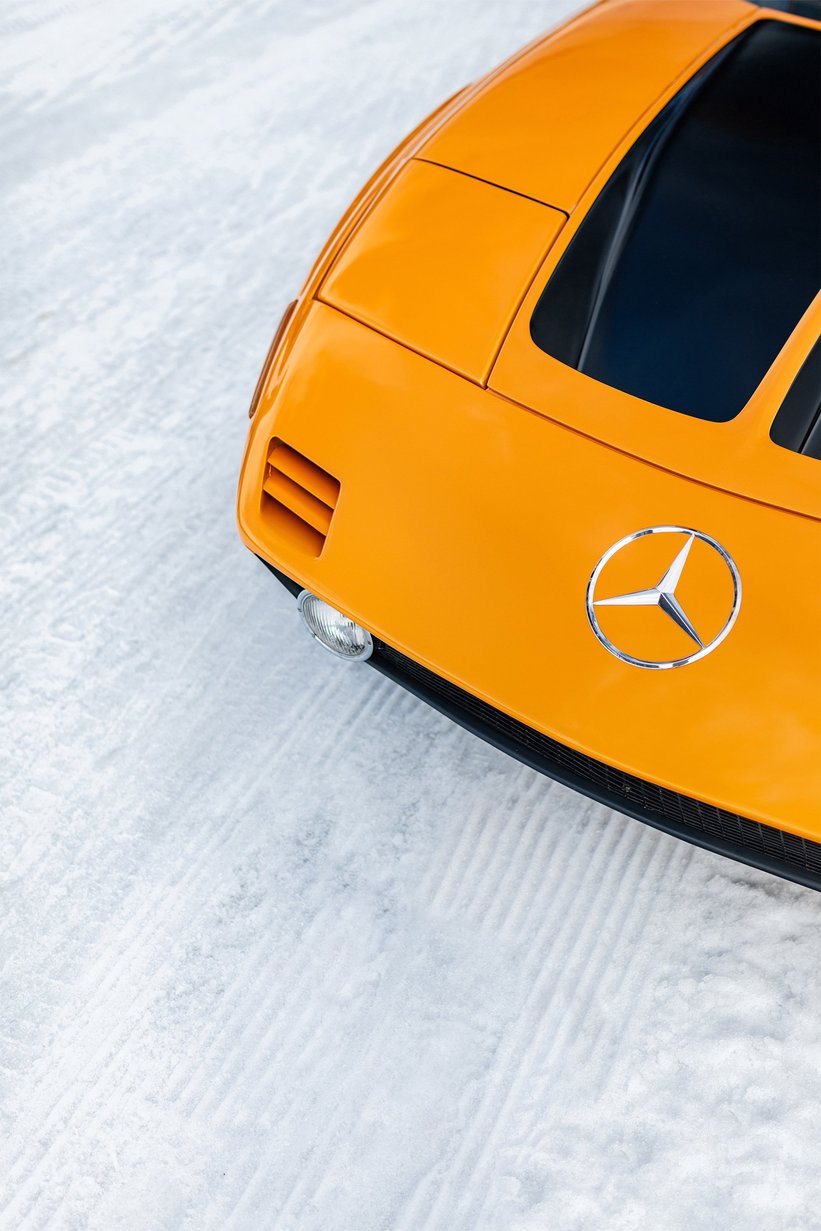

As the oldest surviving car brand, it’s safe to say Mercedes can be a little traditional at times when it comes to their automobiles, but that certainly wasn’t the case when they revealed the otherworldly C111 in 1969. Originally called the C101 until Peugeot’s lawyers kicked up a fuss in the same way they had with Porsche’s 911, the C111 was rolling testbed packed to the three-pointed star with then-bleeding edge technology. The body was made of fiberglass, draped over a welded and riveted steel frame with an integrated rollbar, while power was provided by a highly unusual three-rotor Wankel engine capable of pushing out 250hp. This first generation C111 was a comparatively crude vehicle, and despite the impressive 260km/h top speed, reliability woes caused by the rotary engine on top of quality issues with the externally-produced body meant a total overhaul was in store.


In 1970, Mercedes revealed the second iteration of the C111 at the Geneva motor show. This new and improved version featured a 350hp 4-rotor Wankel engine and was good for 300km/h, but there were some exceptions, and the car you see here is one of them. This unbelievably rare piece of Mercedes history is one of only two C111s fitted with a 3.5 litre V8. The exterior was totally out of the norm for famed designer Bruno Sacco, but we must admit it looks just magnificent against the blank canvas of St. Moritz's frozen lake here at the ICE.


It may come as no surprise that over 500 people handed over blank cheques, hoping to one day park a C111 in their own garage, but unfortunately it wasn’t enough in the face of the Oil Crisis that started in 1973. Further iterations of the C111 emerged with a focus on top-speed attempts, but perhaps none were as close to becoming a road-going reality as this stunning prototype.
Photos by Kevin Van Campenhout









